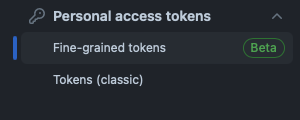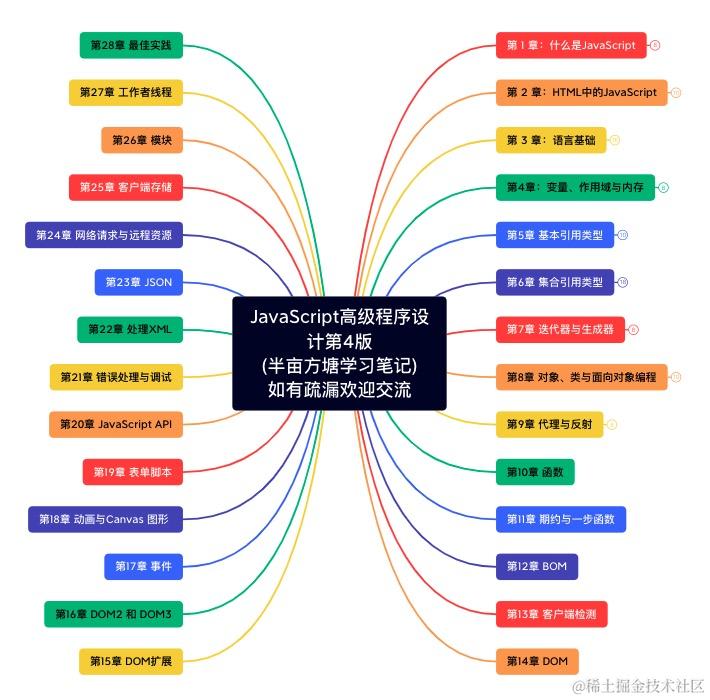Recently, My coworker is using Nx to automate his workflow, including automated release using semantic version. I found this method quite useful, so I want to re-implement on single GitHub repositories (without Nx).
First Step: Create GitHub’s Personal Access Token
You can follow this link on how to create Personal Access Token.
You can choose Fine-grained tokens as you can scope specific repositories. (Or Token (Classic))
Make sure that you grant repository permission to token. For my configuration I use:
Read Access
variables
environments
metadata (default)
secrets
Read/Write Access
code
commit statuses
issue
pull requests
workflows
I might grant unnecessary permission, so feel free to correct me.
Second Step: Setup GitHub token in repository’s environment
2.Select Environments
3.Create Environment
4.Create Environment Secret
I use GH_TOKEN to represent GITHUB_TOKEN (GitHub not allows naming variables with prefix “GITHUB”).
Third Step: Setup workflows
I use this package -> Action for Semantic Release to setup my workflow.
Use this script to create workflow
on:
push:
branches:
# Change this if your primary branch is not main
– master
– dev
jobs:
main:
runs-on: ubuntu-latest
environment:
name: Semver #your environment name
steps:
– name: Checkout
uses: actions/checkout@v4
with:
persist-credentials: false
– name: Semantic Release
uses: cycjimmy/semantic-release-action@v4
env:
GH_TOKEN: ${{ secrets.GH_TOKEN }}
In this code snippets, it’s meant to
setup environment
perform semantic release
Fourth Step: Create .releaserc
This will be semantic-release configuration file for
create release tag
create change log
define commit message convention -> conventionalcommits
Create .releaserc in your project.
“branches”: [
“master”,
“dev”
],
“plugins”: [
“@semantic-release/commit-analyzer”,
“@semantic-release/release-notes-generator”,
[
“@semantic-release/changelog”,
{
“changelogFile”: “CHANGELOG.md”
}
],
[
“@semantic-release/git”,
{
“assets”: [
“CHANGELOG.md”
]
}
],
“@semantic-release/github”
]
}
Final Step: Add, Commit and Push
This step will be the byproduct of your work so far.
Once you commit your code with message convention, for example, feat: add some features, it will trigger the semantic-release. Default convention message with angular preset included:
fix -> bug fixes: patch release
feat -> feature: minor release
breaking change -> break change: major release
Once you push your code it will run GitHub Action and release your project.
Then it will create Release and CHANGELOG.md in the project.
Conclusion
semantic-release can help you automate your versioning and release and really useful tracking and document change.
Feel free to comment or give feedbacks. I’m appreciate your time for reading 😄.
Reference
https://www.conventionalcommits.org/en/v1.0.0/
https://github.com/marketplace/actions/action-for-semantic-release
Or my sample repository -> https://github.com/Sahanon-P/semver-sample





